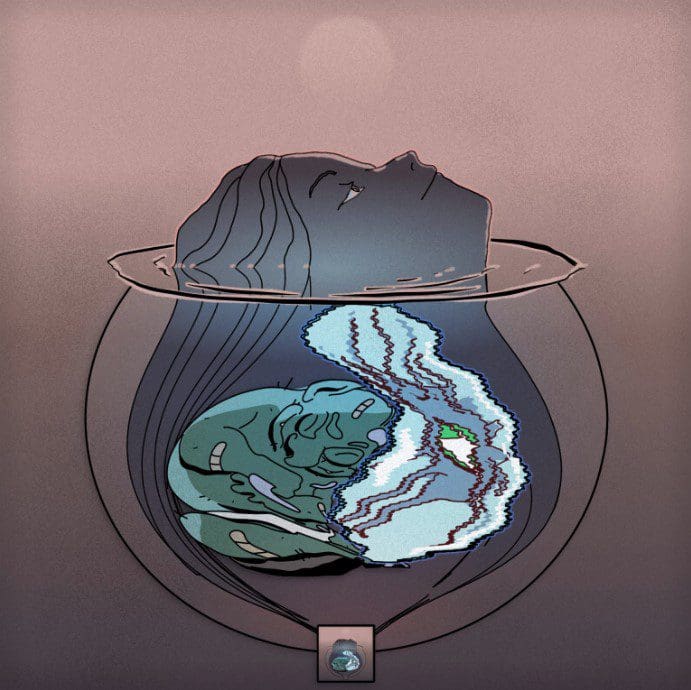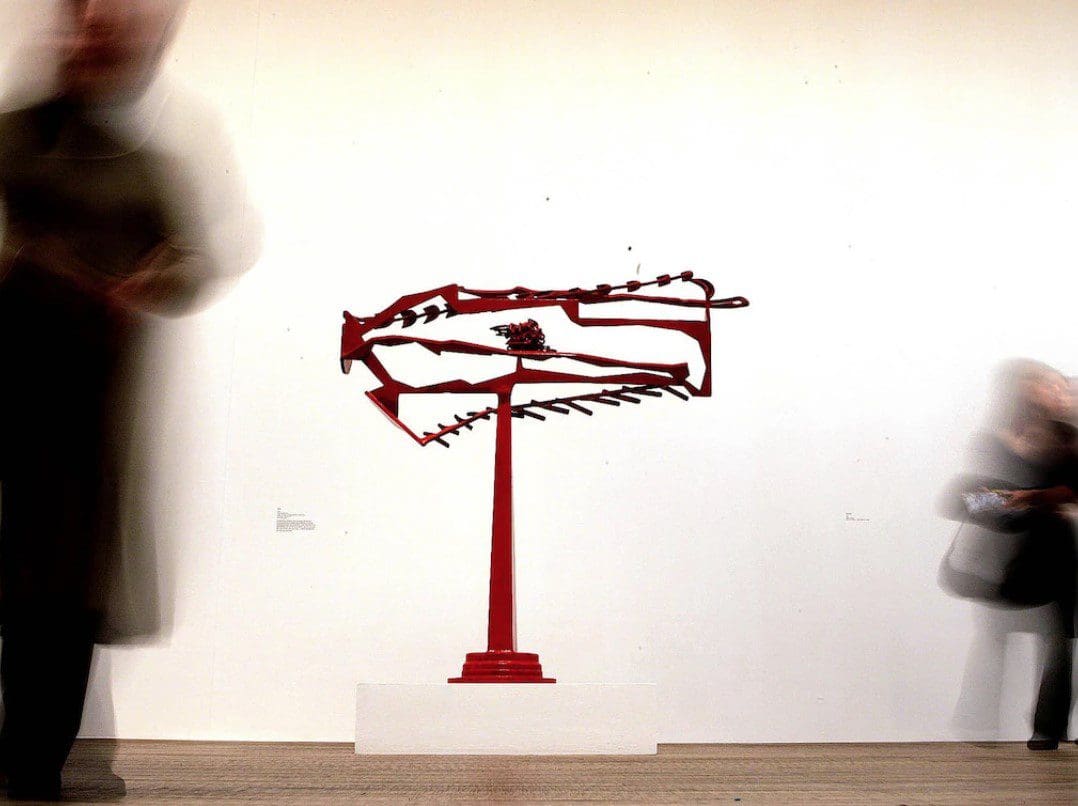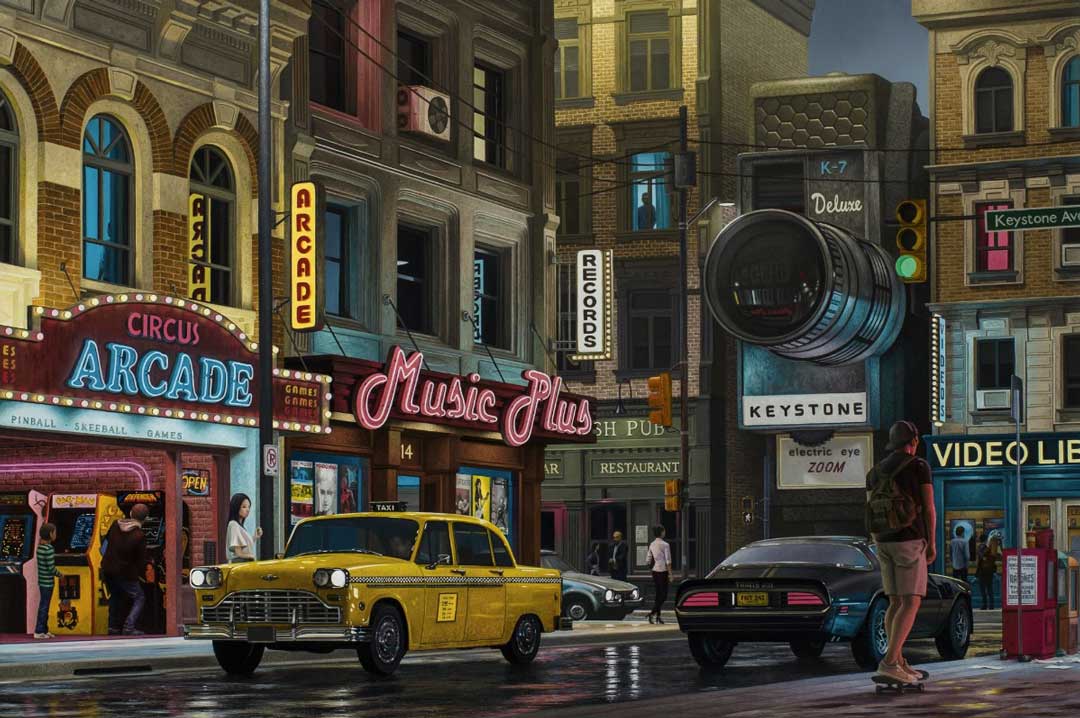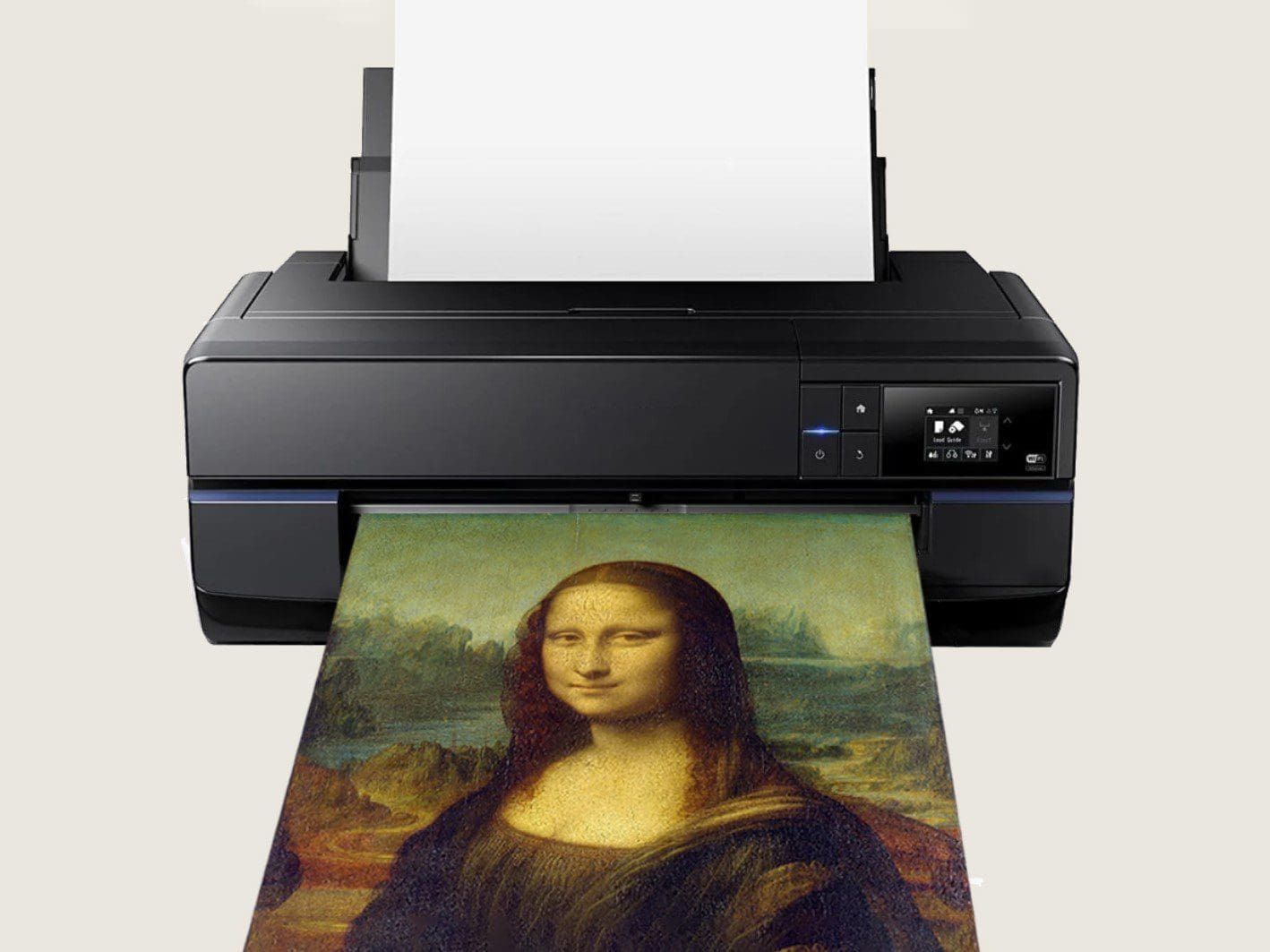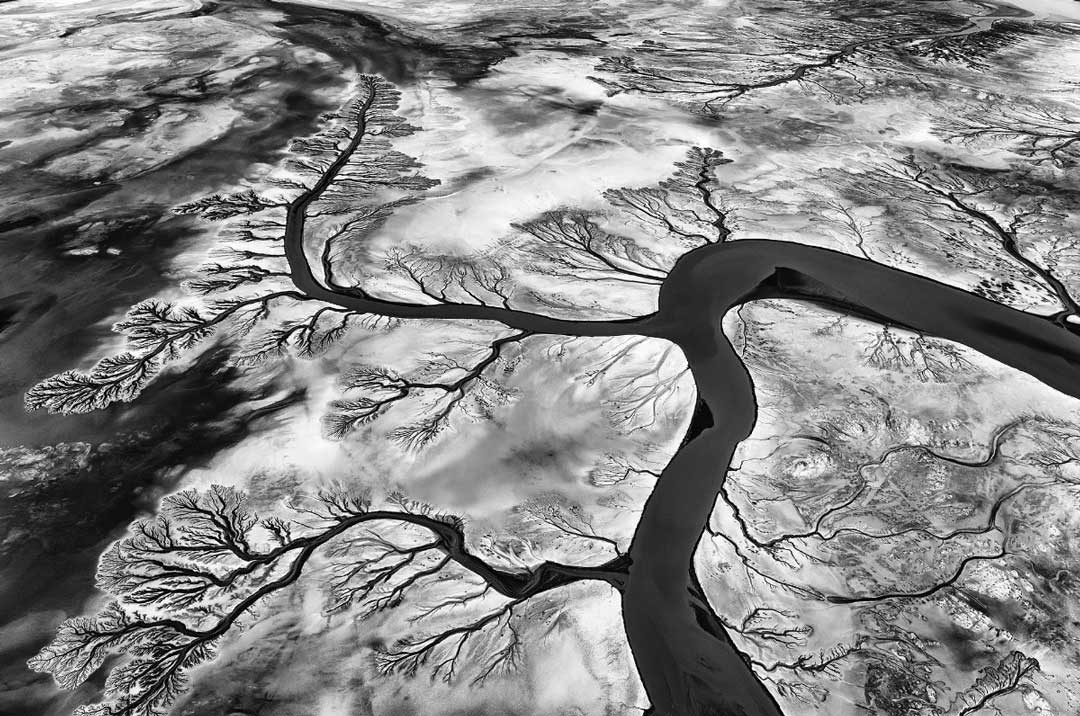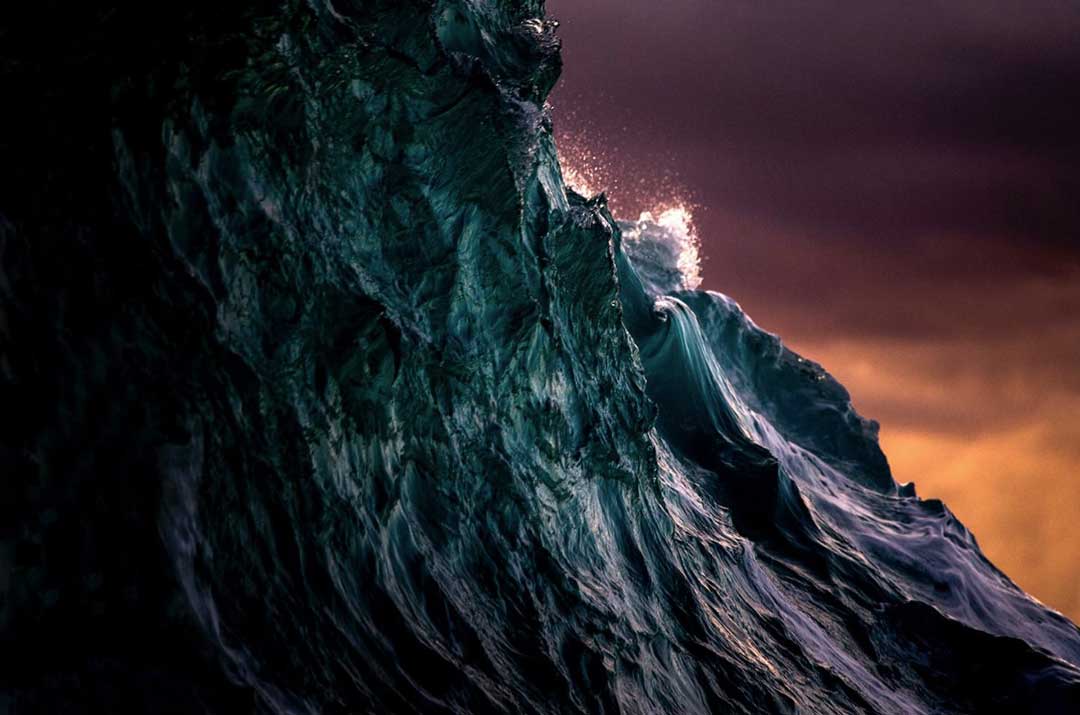What defines a ‘Bauhaus photograph’? In The Spirit of the Bauhaus (Thames & Hudson, 2018), curator Louise Curtis writes that, in the early-to-mid-1920s, cameras were used “to uncover previously unimagined scales and forms of reality.” One of the most famous pioneers of this approach was László Moholy-Nagy (1895-1946), interested in abstraction, space and the possibilities of the lens. “He insisted above all upon its capacity to extend human vision beyond standard habits of perception,” says Curtis.
Vibrant Abstractions
October 22, 2022
(updated October 22, 2022)
Published by artistvenu




